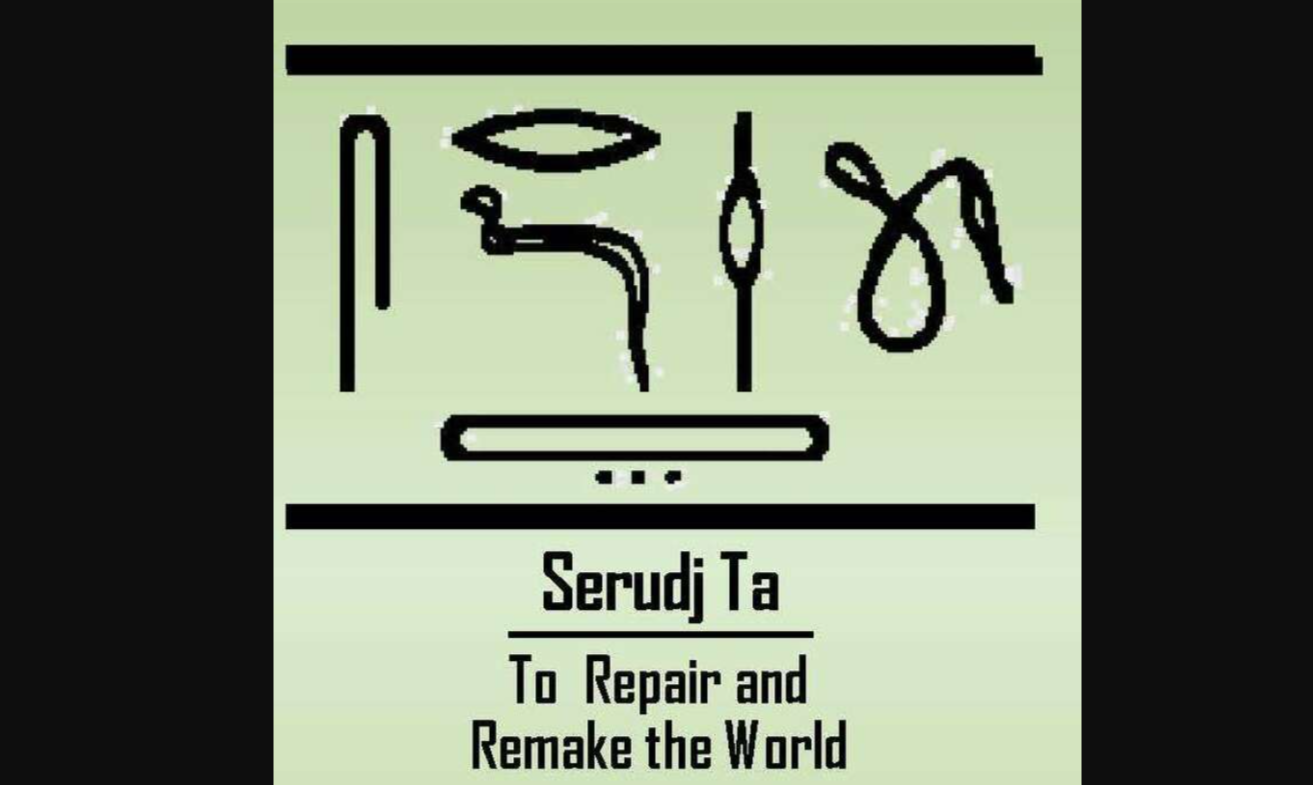(ThyBlackMan.com) When you think of all the contact sports you’ve played, all the times you’ve run across the uneven ground in the pursuit of fitness after forty, and all the times you’ve pushed the limits in the gym, it may come as a bit of a surprise to hear that most of the injuries relating to your feet and ankles are actually a result of your shoes. Yeah, wearing ill-fitting shoes is a huge proponent of injuries these days.
The big problem is, how the heck you meant to know whether the sneakers you are buying are right or wrong, especially given sneakers change more often than Beyonce in concert. Well, to help you sole-search with a little more success and a lot less discomfort, we’ve pulled together a list of tell-tale signs your sneakers aren’t right for your feet. After reading our tips, you can shop with Brand House Direct to find the perfect shoes for you.
- Plantar Fasciitis
This is a scientific way of saying you’ve got heel pain which, according to the Foot Centre, is the most common reason people pop in to see a podiatrist. The reason this pain erupts from ill-fitting sneakers is pretty simple when you think about it: all that repeated pounding on your feet is bound to cause some damage if your shoes don’t fit right. So, next time you’re in with a podiatrist, have them check out your gait and see if they can recommend a supportive sneaker to suit you.
If your sneakers are too small – or even if just the “toe box” is too small – then you’ll find too much pressure is being applied to your toes. If you’re lucky, this may only cause a bit of severe bruising. If, however, you’re unlucky or you’re foolish enough to ignore the warning signs, then you may find your toenails just drop off. So, to avoid getting jogger’s toe (official terminology), you’re best bet is to a) find a wider shoe or b) go up a size and leave enough room to accommodate the impact when you run or jog.
- Blisters
This is one of the most common annoyances and pains to arise from ill-fitting shoes, and something almost everyone complains about when they are wearing-in new shoes or training for a marathon. Here’s the thing, though: it’s 2017. You shouldn’t have to wear in a pair of shoes to avoid blisters. They should fit well and be comfy from the moment they get taken out of the box. So, if you are finding a pair to be uncomfortable at all, then you need to keep searching, and maybe try investing in a pair of thicker socks too.
- Nerve Irritation
This is one that a lot of keen cyclists suffer from, which is because of the cycling shoes they wear (the ones with the stiff soles that you clip into the pedals). Because of this stiffness, there is a constant amount of pressure applied to the ball of the foot and that can create a serious amount of nerve irritation. The result? A burning sensation in your feet, especially toward your toes. The best thing to do when this is the problem is either work your way into a long ride – or a spinning class – or buy a pair of cycling shoes that have a seriously cushioned footbed. Or the other thing you could do is loosen the strap nearest your toes – that should help with the circulation.
- Tendonitis
This is another common pain and also a totally debilitating one. For those who don’t already know, tendonitis is essentially an inflammation of the tendons in a joint and, in terms of the foot, can spring up almost anywhere. The main causes of tendonitis in terms of the sneakers you are wearing include foot rolling caused by a less structured show than needed or an arch that offers, wait for this, too much support. Of course, it could be something else that is causing your ankles to ache, so always ask your podiatrist what they think the best treatment method is.
- Stress Fracture
Now, we don’t want to alarm anyone, but a stress fracture is a tiny break in a toe. What’s more, they can happen to absolutely anyone, no matter how strong they are or how much milk they drink. The cause? Typically, it is a minimalist sneaker, which don’t tend to offer an adequate amount of shock absorbency and that is when stress fractures happen. Now, minimalist sneakers have come about as a myth that they are better for feet because they are more akin to the way our ancestors would have been. The problem is, our ancestors ran on sand and mud and grass, not tarmac, which forces the body to give instead of giving itself.
Staff Writer; George Barker

















Leave a Reply